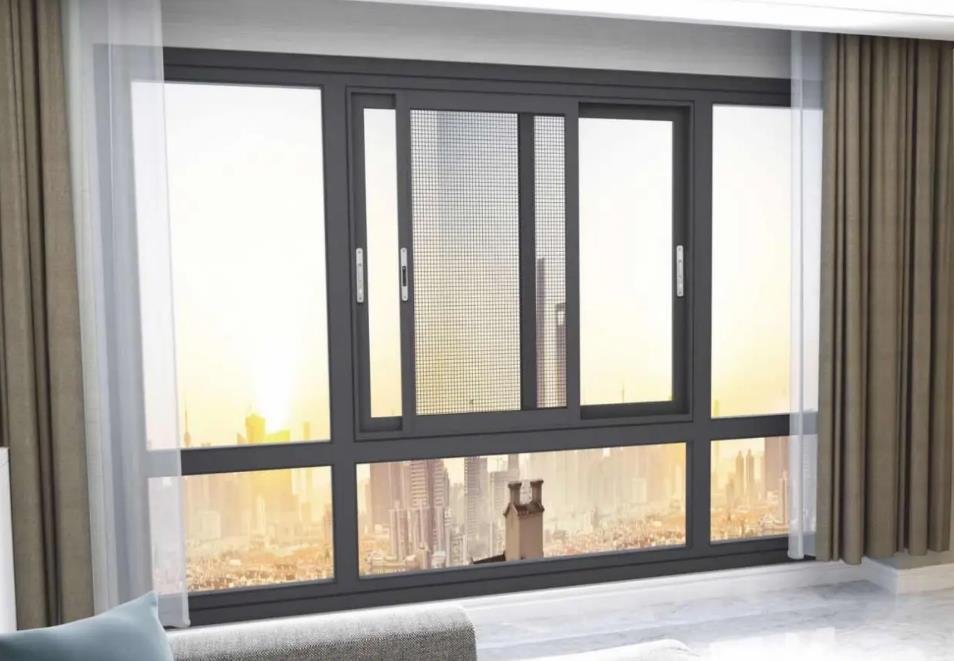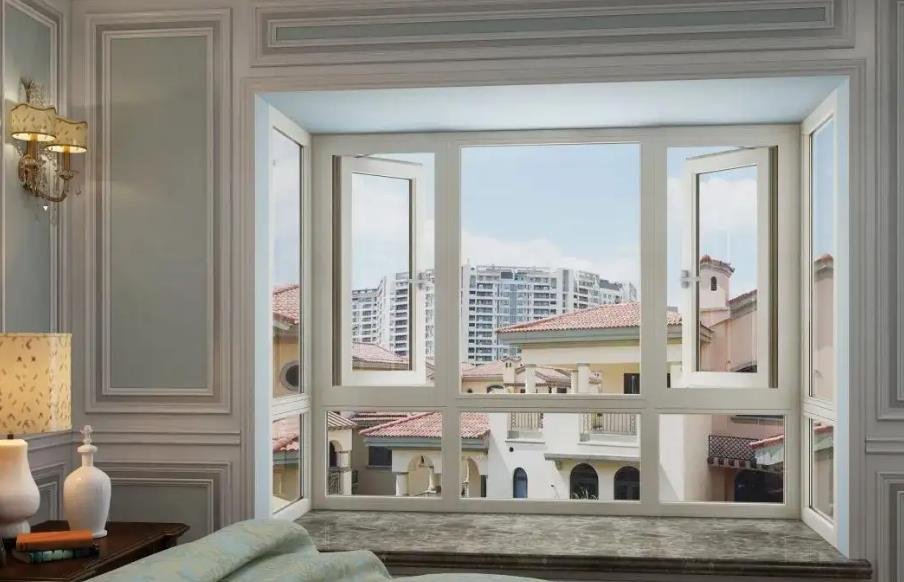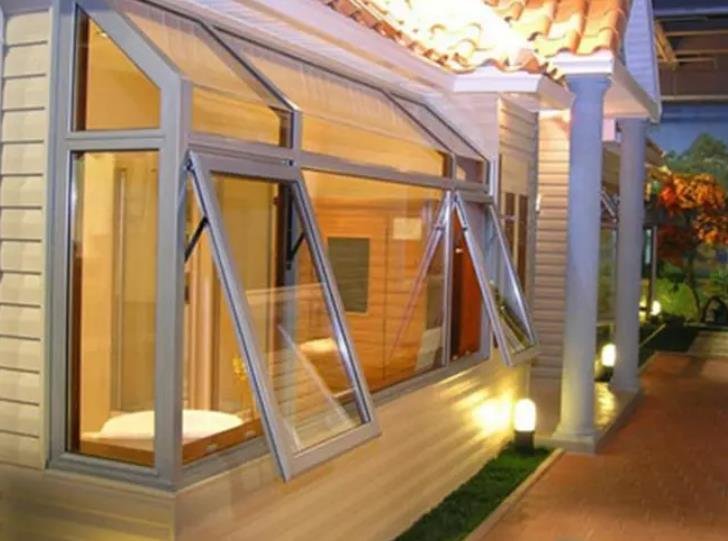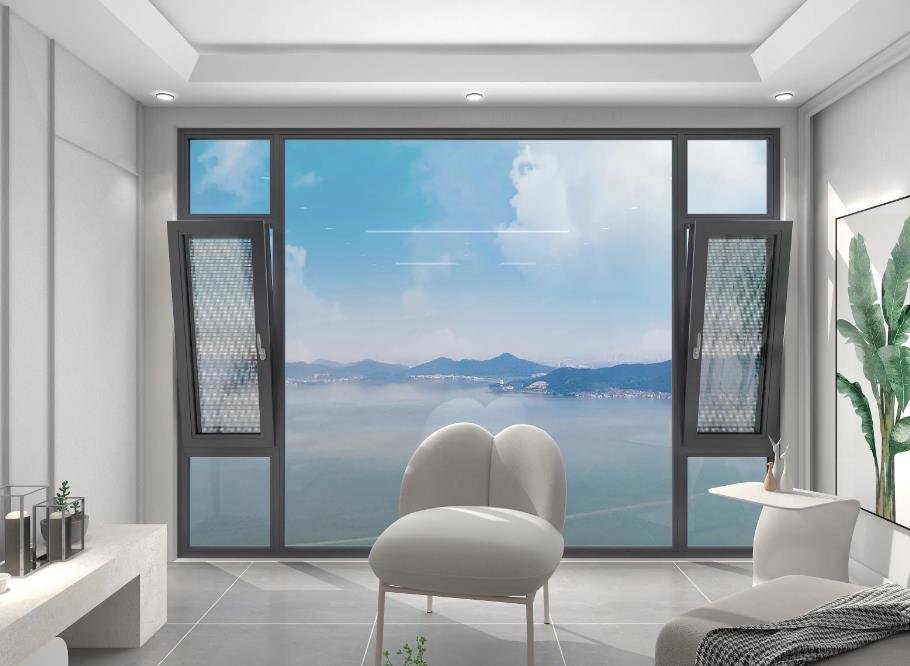In modern life, more and more families choose aluminum alloy doors and windows when decorating their houses. What are the opening methods of aluminum alloy doors and windows? Now let me tell you about the opening of aluminum alloy doors and windows. There are generally sliding open, casement open, top hung open, tilt and turn.

Sliding open
Sliding open operation: The window sash can be opened and closed by the external force acting on the door and window to drive the pulley to roll and track.
Advantages: simple and beautiful, large window width, wide field of vision, high lighting rate. The window opening position and ventilation opening can be selected relatively freely, and the indoor space is not occupied when opened. Open in one plane, it is convenient to install and use screen windows and curtains.
Disadvantages: The two windows cannot be opened at the same time, only half of them can be opened, the ventilation is poor, and the advantage of sealing is slightly poor.
Applicable places: Sliding doors and windows are economical and practical doors and windows, and are mostly used in indoor environments such as balconies, kitchens, bathrooms, and stairwells.

Casement open
Casement open operation: The hinge is installed on the door and window, and the side of the door and window is opened inward or outward.
Advantages: Casement windows have large opening areas, good ventilation, sound insulation, heat preservation, excellent impermeability, and good wind resistance. The inner opening type is convenient for scrubbing, and the outer opening type does not occupy space when it is opened. Moreover, casement windows are generally sealed with sealing strips, and two-point locks are often used for locking and sealing in the opening of the fan so that the sealing performance is better.
Disadvantages: The inward-opening casement window will occupy the indoor space, it is not suitable for small units, and the field of vision is not wide enough. The outward-opening casement window is easy to be damaged when there is a strong wind. For example, if it is not fixed properly, the glass is damaged or the window sash is directly dropped, which is easy to cause accidents, and it is easy to rust and break over time.
Applicable places: Casement windows are better than sliding windows in performance, so casement windows are widely used in commercial and residential buildings, high-end residences, villas, and other medium and high-end buildings.

Top-hung open
Top-hung open operation: rotate the control handle to the inside of the window sash by 180 degrees, and pull the handle to realize the top-hung opening. Closing operation: Push the open fan to the closed state, turn the control handle to the closed position in the opposite direction of the open operation, and lock the open fan.
Advantages: It does not occupy indoor space when hanging up, the curtains can be opened and closed freely, and children who are playful and climb on the window sill will not have the danger of falling out of the window, because the window can only be opened with a gap of 10cm, and the outside hand cannot reach it, especially suitable for homes without human use. The ventilation is natural, and the wind blows into the room from the side of the window.
Disadvantages: weak ventilation due to small openings. Open the upper-hung window outwards, it is inconvenient to scrub, and the safety is slightly lower. If the installation is unqualified, there is a possibility of falling from high altitudes. There are more hardware accessories used than tilt-and-turn windows, so the price of outer-opening top-hung windows is higher than tilt-and-turn windows.
Applicable places: high-rise curtain walls, office buildings, hospitals, hotels, homestays, apartments, etc. The home decoration is suitable for low-rise, windy, rainy areas, and also suitable for small-area residences, and has general airtightness requirements space, such as kitchen, bathroom, study, etc.

Tilt and turn
Tilt and turn operation: By operating the handle of the window sash, the corresponding movement of the hardware actuator is driven, so that the window sash can be inclined at a certain angle, that is, the lower frame of the window sash does not move, and part of the upper window sash is inclined to the room, so as to realize Better ventilation performance.
Advantages: Good ventilation, the gaps that flow out after the tilt and turn windows are opened can be ventilated and ventilated, and the air enters the room from the window and the side to prevent the cool wind from blowing directly to the body. In the state of opening inside and falling inside, the safety factor is high and the anti-theft is upgraded. Although the thief can reach the window, his head and body cannot. The inward-opening inward-turning window is highly waterproof, easy to clean, does not occupy indoor space, and can also prevent children from falling.
Disadvantages: The price of the tilt and turn windows is relatively high, the service life is short, and the maintenance and repair costs are relatively high. When the tilt and turn windows are opened, the aesthetic effect of the whole room is greatly affected. It is easier to bump your head with the window open. Moreover, the curtain and the window sash are in conflict with each other. If you want to open the window for ventilation, the curtain cannot be closed tightly.
Applicable places: Most residential projects in Europe use tilt and turn windows. Tilt and turn windows are widely used in fine communities, office buildings, and large hotels.

